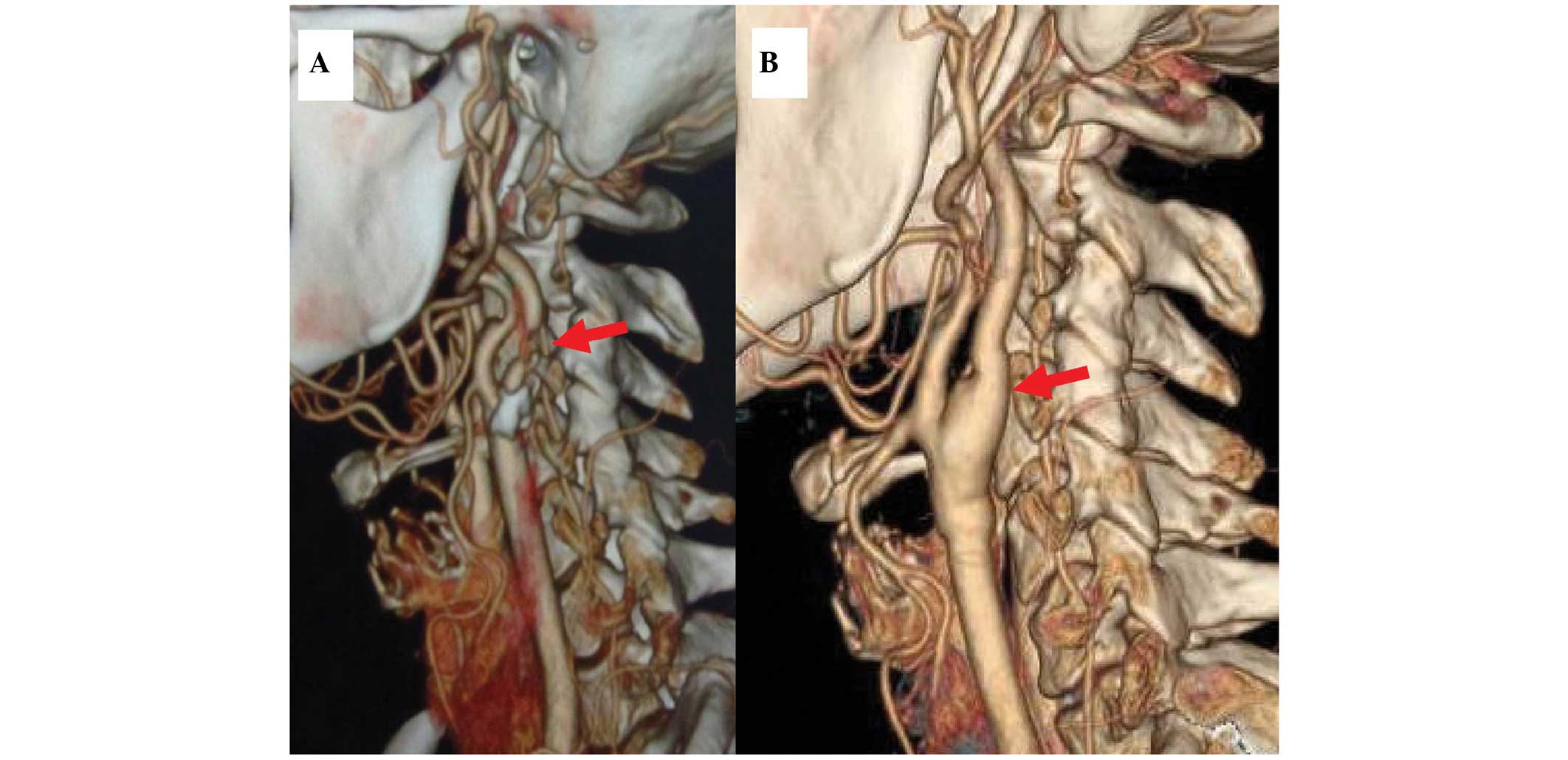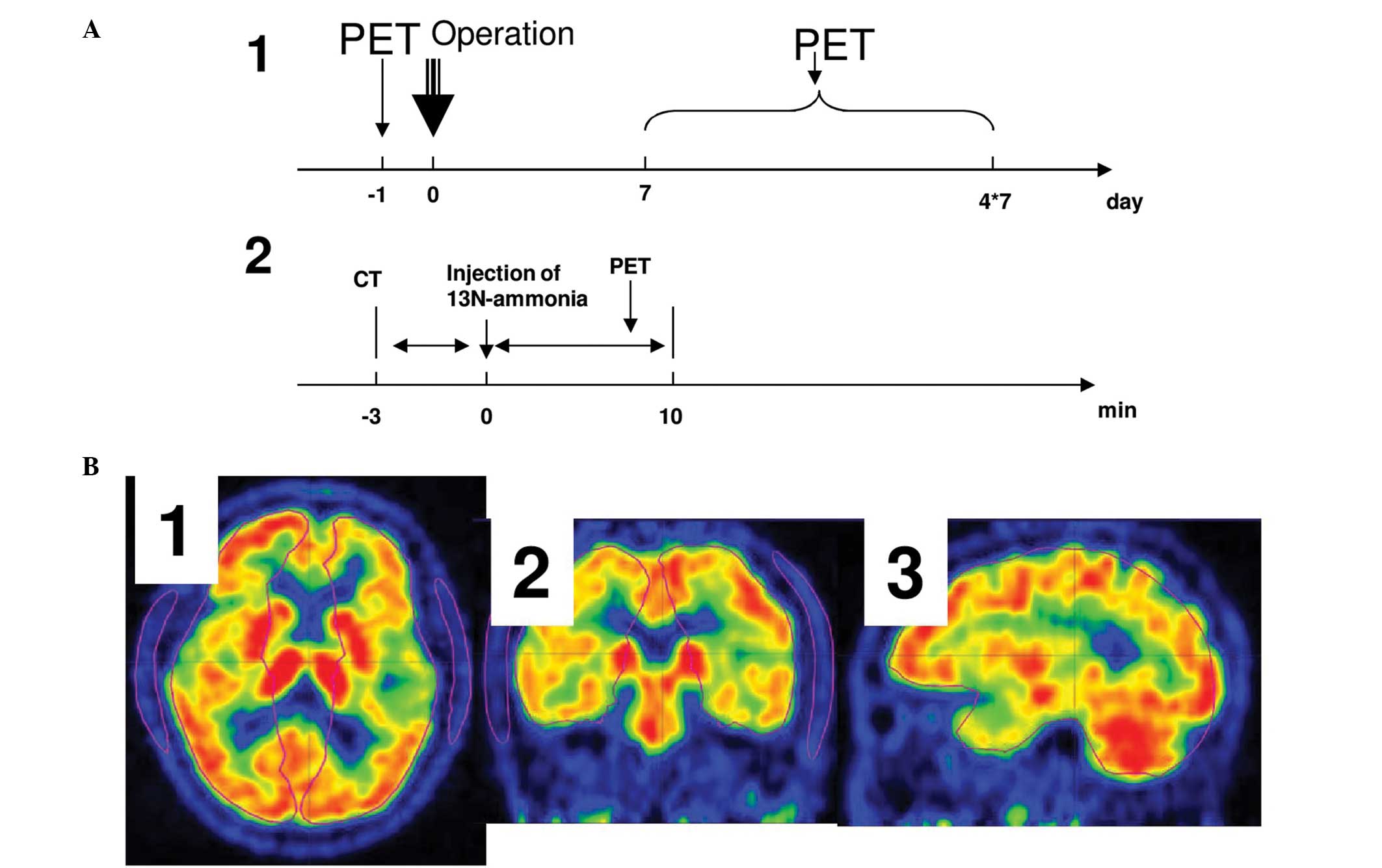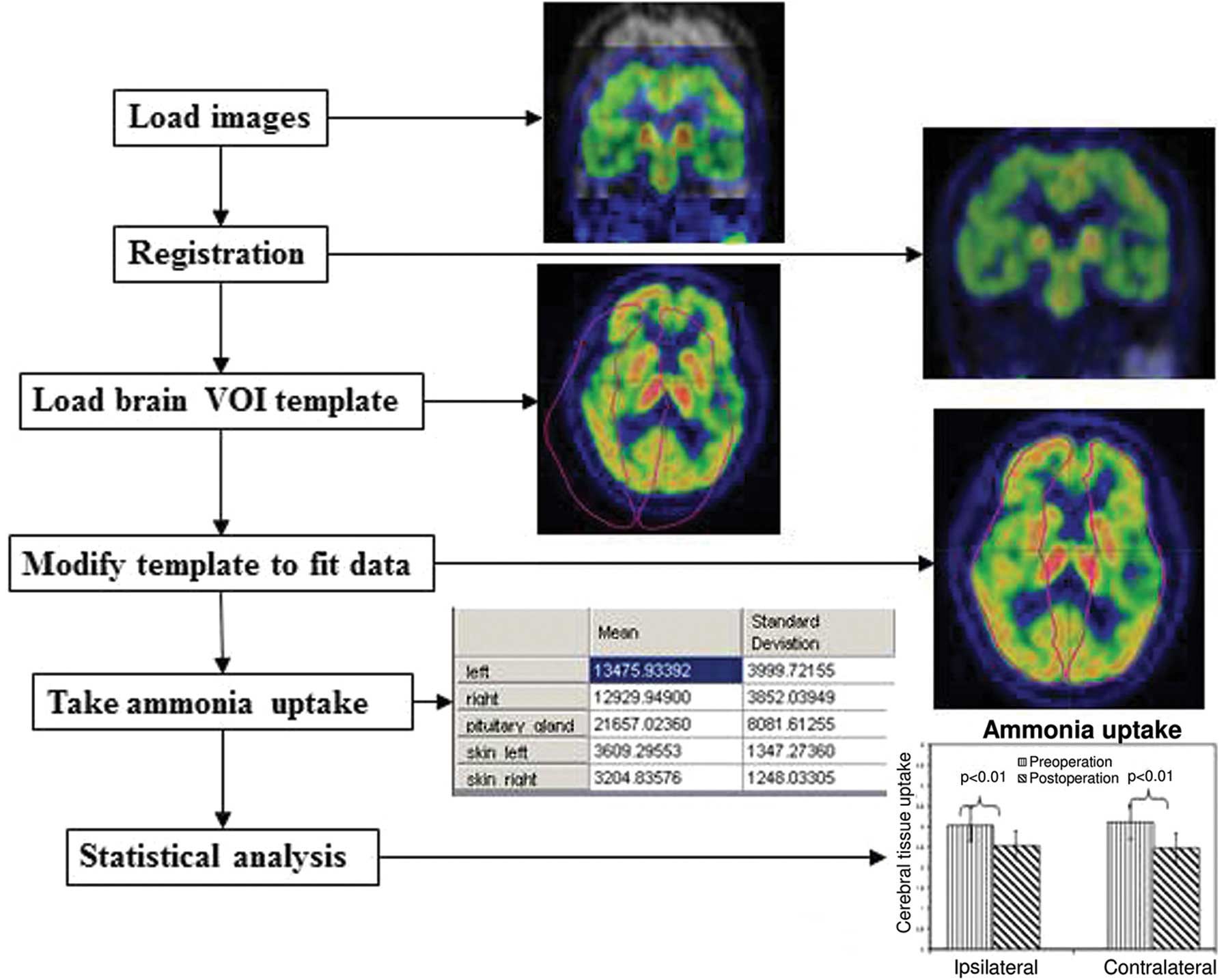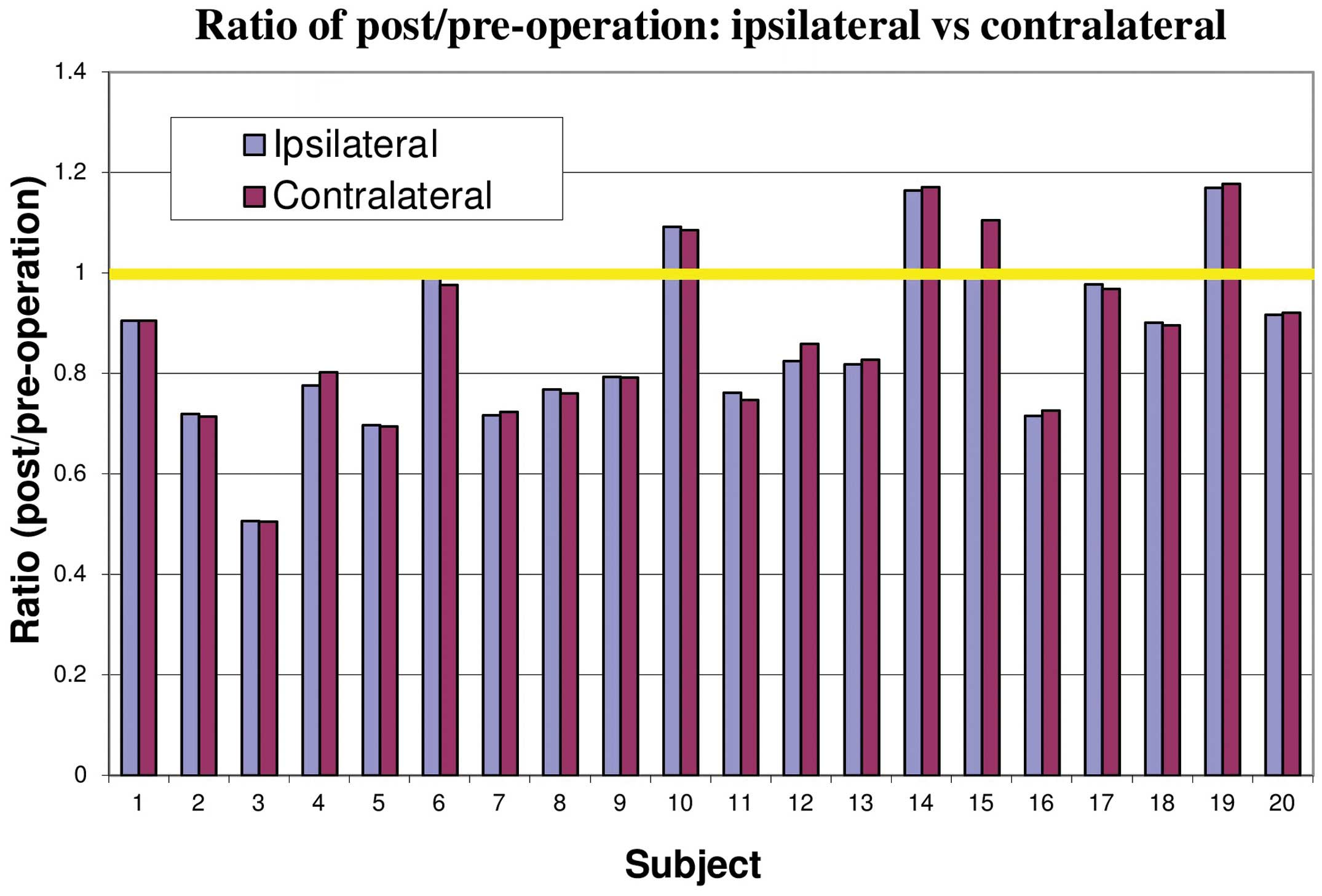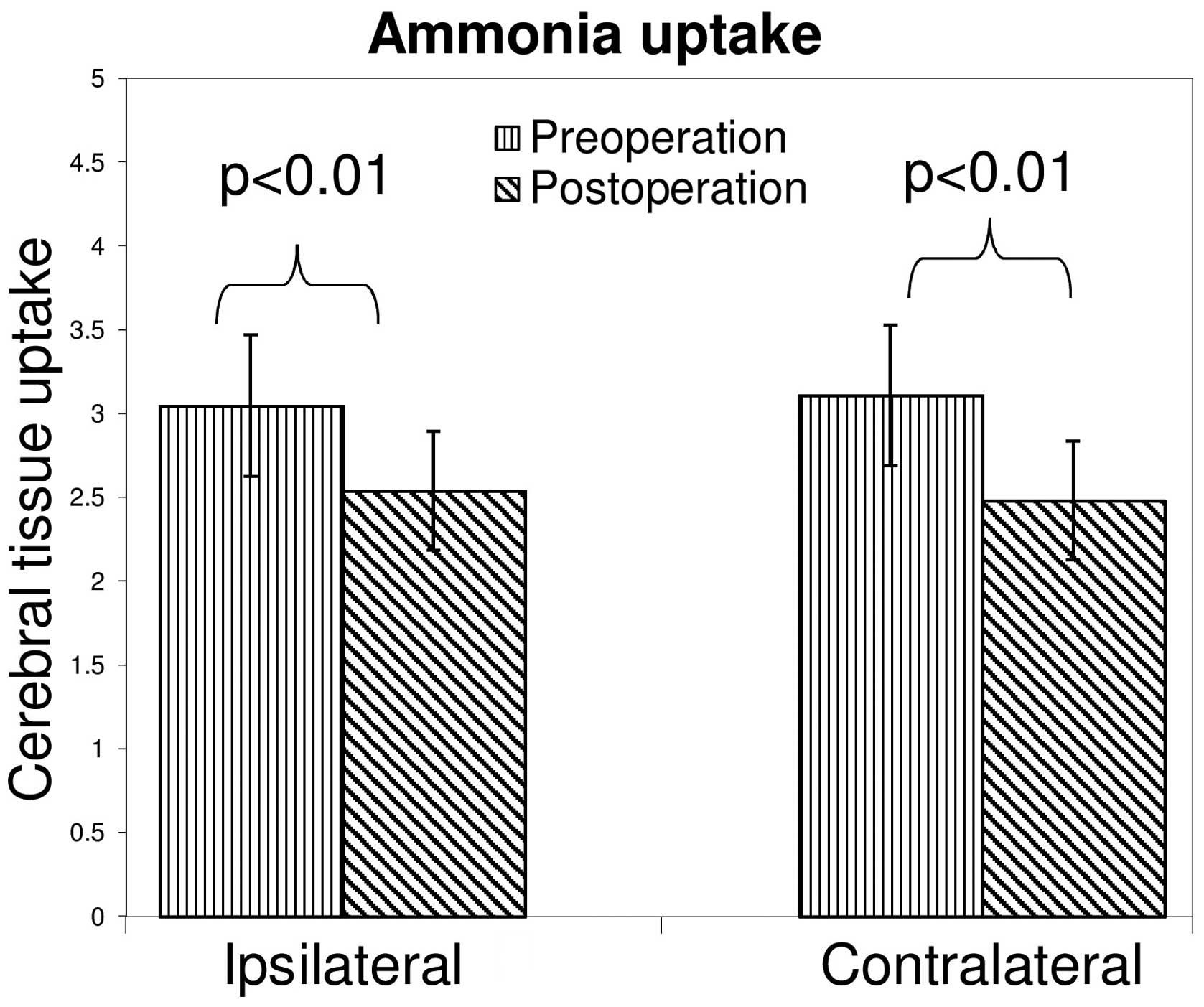|
1
|
Silver FL, Mackey A, Clark WM, Brooks W,
Timaran CH, Chiu D, Goldstein LB, Meschia JF, Ferguson RD, Moore
WS, et al CREST Investigators: Safety of stenting and
endarterectomy by symptomatic status in the carotid
revascularization endarterectomy versus stenting trial (CREST).
Stroke. 42:675–680. 2011. View Article : Google Scholar : PubMed/NCBI
|
|
2
|
Pennekamp CW, Immink RV, den Ruijter HM,
Kappelle LJ, Ferrier CM, Bots ML, Buhre WF, Moll FL and de Borst
GJ: Near-infrared spectroscopy can predict the onset of cerebral
hyperperfusion syndrome after carotid endarterectomy. Cerebrovasc
Dis. 34:314–321. 2012. View Article : Google Scholar : PubMed/NCBI
|
|
3
|
Russjan A, Goebell E, Havemeister S,
Thomalla G, Cheng B, Beck C, Krützelmann A, Fiehler J, Gerloff C
and Rosenkranz M: Predictors of periprocedural brain lesions
associated with carotid stenting. Cerebrovasc Dis. 33:30–36. 2012.
View Article : Google Scholar
|
|
4
|
Buczek J, Karliński M, Kobayashi A, Białek
P and Członkowska: Hyperperfusion syndrome after carotid
endarterectomy and carotid stenting. Cerebrovasc Dis. 35:531–537.
2013. View Article : Google Scholar : PubMed/NCBI
|
|
5
|
Mantese VA, Timaran CH, Chiu D, Begg RJ
and Brott TG; CREST investigators: The Carotid Revascularization
Endarterectomy versus Stenting Trial (CREST): Stenting versus
carotid endarterectomy for carotid disease. Stroke. 41(Suppl):
S31–S34. 2010. View Article : Google Scholar : PubMed/NCBI
|
|
6
|
Bond R, Rerkasem K, Cuffe R and Rothwell
PM: A systematic review of the associations between age and sex and
the operative risks of carotid endarterectomy. Cerebrovasc Dis.
20:69–77. 2005. View Article : Google Scholar : PubMed/NCBI
|
|
7
|
Saito H, Kuroda S, Hirata K, Magota K,
Shiga T, Tamaki N, Yoshida D, Terae S, Nakayama N and Houkin K:
Validity of dual MRI and F-FDG PET imaging in predicting vulnerable
and inflamed carotid plaque. Cerebrovasc Dis. 35:370–377. 2013.
View Article : Google Scholar : PubMed/NCBI
|
|
8
|
Nanba T, Ogasawara K, Nishimoto H,
Fujiwara S, Kuroda H, Sasaki M, Kudo K, Suzuki T, Kobayashi M,
Yoshida K and Ogawa A: Postoperative cerebral white matter damage
associated with cerebral hyperperfusion and cognitive impairment
after carotid endarterectomy: A diffusion tensor magnetic resonance
imaging study. Cerebrovasc Dis. 34:358–367. 2012. View Article : Google Scholar : PubMed/NCBI
|
|
9
|
Vanninen E, Kuikka JT, Aikiä M, Könönen M
and Vanninen R: Heterogeneity of cerebral blood flow in symptomatic
patients undergoing carotid endarterectomy. Nucl Med Commun.
24:893–900. 2003. View Article : Google Scholar : PubMed/NCBI
|
|
10
|
Yang B, Chen W, Yang Y, Lin Y, Duan Y, Li
J, Wang H, Fu F, Zhuge Q and Chen X: Short- and long-term
hemodynamic and clinical effects of carotid artery stenting. AJNR
Am J Neuroradiol. 33:1170–1176. 2012. View Article : Google Scholar : PubMed/NCBI
|
|
11
|
Trojanowska A, Drop A, Jargiello T,
Wojczal J and Szczerbo-Trojanowska M: Changes in cerebral
hemodynamics after carotid stenting: Evaluation with CT perfusion
studies. J Neuroradiol. 33:169–174. 2006. View Article : Google Scholar : PubMed/NCBI
|
|
12
|
Rijbroek A, Boellaard R, Vermeulen EG,
Lammertsma AA and Rauwerda JA: Hemodynamic changes in ipsi- and
contralateral cerebral arterial territories after carotid
endarterectomy using positron emission tomography. Surg Neurol.
71:668–676. 2009. View Article : Google Scholar
|
|
13
|
Gaudet JG, Meyers PM, McKinsey JF, Lavine
SD, Gray W, Mitchell E, Connolly ES Jr and Heyer EJ: Incidence of
moderate to severe cognitive dysfunction in patients treated with
carotid artery stenting. Neurosurgery. 65:325–329. 2009. View Article : Google Scholar : PubMed/NCBI
|
|
14
|
Rothman DL, De Feyter HM, Maciejewski PK
and Behar KL: Is there in vivo evidence for amino acid shuttles
carrying ammonia from neurons to astrocytes? Neurochem Res.
37:2597–2612. 2012. View Article : Google Scholar : PubMed/NCBI
|
|
15
|
Adeva MM, Souto G, Blanco N and Donapetry
C: Ammonium metabolism in humans. Metabolism. 61:1459–1511. 2012.
View Article : Google Scholar
|
|
16
|
Cooper AJ: 13N as a tracer for studying
glutamate metabolism. Neurochem Int. 59:456–464. 2011. View Article : Google Scholar :
|
|
17
|
Maes F, Collignon A, Vandermeulen D,
Marchal G and Suetens P: Multimodality image registration by
maximization of mutual information. IEEE Trans Med Imaging.
16:187–198. 1997. View Article : Google Scholar : PubMed/NCBI
|
|
18
|
Gröschel K, Schnaudigel S, Pilgram SM,
Wasser K and Kastrup A: A systematic review on outcome after
stenting for intracranial atherosclerosis. Stroke. 40:e340–e347.
2009. View Article : Google Scholar : PubMed/NCBI
|
|
19
|
Gahremanpour A, Perin EC and Silva G:
Carotid artery stenting versus endarterectomy: A systematic review.
Tex Heart Inst J. 39:474–487. 2012.PubMed/NCBI
|
|
20
|
Timaran CH, Mantese VA, Malas M, Brown OW,
Lal BK, Moore WS, Voeks JH and Brott TG; CREST Investigators:
Differential outcomes of carotid stenting and endarterectomy
performed exclusively by vascular surgeons in the Carotid
Revascularization Endarterectomy versus Stenting Trial (CREST). J
Vasc Surg. 57:303–308. 2013. View Article : Google Scholar :
|
|
21
|
Araki CT, Babikian VL, Cantelmo NL and
Johnson WC: Cerebrovascular hemodynamic changes associated with
carotid endarterectomy. J Vasc Surg. 13:854–859. 1991. View Article : Google Scholar : PubMed/NCBI
|
|
22
|
Lin MS, Chiu MJ, Wu YW, Huang CC, Chao CC,
Chen YH, Lin HJ, Li HY, Chen YF, Lin LC, et al: Neurocognitive
improvement after carotid artery stenting in patients with chronic
internal carotid artery occlusion and cerebral ischemia. Stroke.
42:2850–2854. 2011. View Article : Google Scholar : PubMed/NCBI
|
|
23
|
Mendiz OA, Sposato LA, Fabbro N, Lev GA,
Calle A, Valdivieso LR, Fava CM, Klein FR, Torralva T,
Gleichgerrcht E, et al: Improvement in executive function after
unilateral carotid artery stenting for severe asymptomatic
stenosis. J Neurosurg. 116:179–184. 2012. View Article : Google Scholar
|
|
24
|
Phelps ME, Huang SC, Hoffman EJ, Selin C
and Kuhl DE: Cerebral extraction of N-13 ammonia: Its dependence on
cerebral blood flow and capillary permeability - surface area
product. Stroke. 12:607–619. 1981. View Article : Google Scholar : PubMed/NCBI
|
|
25
|
Butterworth RF: Pathophysiology of hepatic
encephalopathy: A new look at ammonia. Metab Brain Dis. 17:221–227.
2002. View Article : Google Scholar
|
|
26
|
Keiding S, Sørensen M, Bender D, Munk OL,
Ott P and Vilstrup H: Brain metabolism of 13N-ammonia during acute
hepatic encephalopathy in cirrhosis measured by positron emission
tomography. Hepatology. 43:42–50. 2006. View Article : Google Scholar
|
|
27
|
Sørensen M, Munk OL and Keiding S:
Backflux of ammonia from brain to blood in human subjects with and
without hepatic encephalopathy. Metab Brain Dis. 24:237–242. 2009.
View Article : Google Scholar
|



